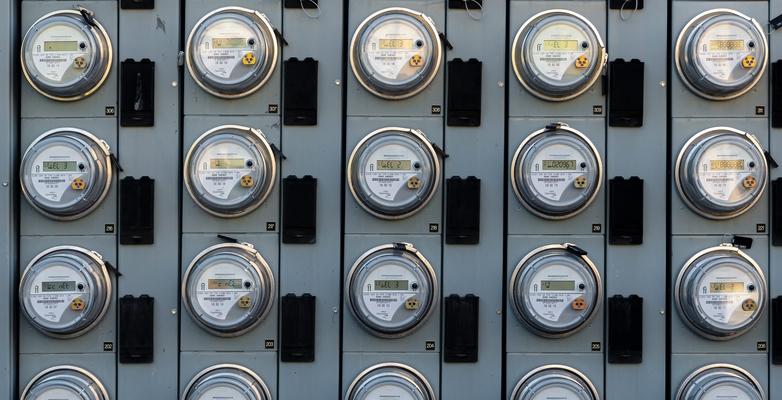
Climate 101: What is Energy Burden?
It’s that time of year again. In the northern hemisphere, winter is well underway and with it utility costs are on the rise. Families must heat their homes to avoid the cold. But for some, turning up the thermostat can be a painful thing – they simply don’t have the money to afford the seasonal rise in energy usage and cost.
They are suffering under the weight of something called “energy burden.”
According to the US Department of Energy, energy burden “is defined as the percentage of gross household income spent on energy costs.”
Nationally, lower-income households spend a larger portion of their income on home energy costs – things like electricity, natural gas, and other home heating fuels. The DOE reports that “the national average energy burden for low-income households is 8.6%, three times higher than for non-low-income households which is estimated at 3%.”
Of all US households, 44 percent – or about 50 million – are defined as low income.
And like with so many other things, outsized energy burden is an equity issue that disproportionately impacts minority communities.
African-American households in the US, for example, experience a median energy burden 43% greater than white households (4.2% versus 2.9%, respectively), and Latino households have a median burden 20% greater than white households (3.5% and 2.9%, respectively).
High energy burdens can sometimes lead some families even suffer from “energy poverty.” Energy poverty is when a person or family doesn’t have access to reliable and affordable energy sources. Being energy poor can mean going without heat or AC, lighting, warm water, appliances, or transportation access for any period of time.
Higher energy burdens have real implications on the health and well-being of families and individuals. Families who have to devote higher proportions of their income to utility bills may have to make trade-offs between heating and cooling their homes or affording other necessities, such as food, medicine, and childcare.
How Do We Fix This?
Improved energy efficiency is a practical solution that can also help reduce energy burden for many families. Unfortunately, low-income housing is often far less energy efficient than average construction.
Energy efficiency can take many forms, from replacing incandescent bulbs with LEDs to installing effective home insulation and windows designed to prevent heated or cooled air from escaping from a home. Efficiency measures like these and others can be relatively low-cost ways to reduce household energy costs regardless of climate, heating fuel, or energy price factors in a state.
Energy efficiency and clean technologies, particularly solar energy, can not only lower energy bills for low-income households, but are also proven to improve indoor air quality, safety, and comfort, bettering health outcomes.
Communities and utility providers need to work together to remove the financial barriers to clean energy and energy efficiency programs that many low-income families face.
Energy audits are professional assessments of a household to determine how much energy is used, what systems could be upgraded to improve energy efficiency, and how to prioritize upgrades to maximize energy savings. The Inflation Reduction Act includes a $150 credit from home energy audits, as well as credits to install energy efficient insulation, windows, doors, and electric heat pumps.
Energy burden can be a complicated issue to tackle, but this much is clear: through improved use of clean energy and increased investment in energy efficiency, families everywhere can reduce their energy bills and take action to fight the climate crisis.
Lean More
If you are ready to take the next step and become more active in the fight for climate solutions, sign up for our email advocacy list today. Get the latest from the movement for climate solutions and how to improve the lives of people everywhere by taking climate action.




